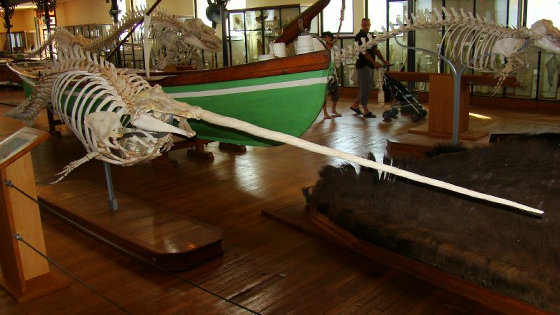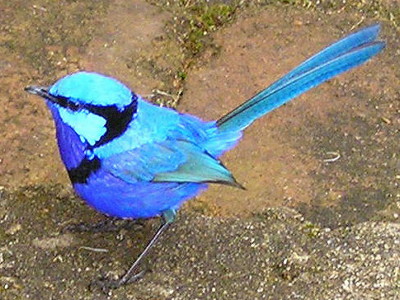Researchers obsessed with `` sexual selection '' of organisms reveal that narwhal fangs are sexually attractive as they are larger

by
Animal males, such as peafowl wings and moose tusks, often use parts of their bodies in competition for the opposite sex, and the resulting biological evolution is called `` sexual selection '' . Zachary Graham and his colleagues at Arizona State University have recently announced that narwhal tusks have also developed as a result of sexual selection.
The longer the better: evidence that narwhal tusks are sexually selected | Biology Letters
https://royalsocietypublishing.org/doi/10.1098/rsbl.2019.0950
For narwhals, the 'unicorn of the seas,' size matters for sexual selection
https://phys.org/news/2020-03-narwhals-unicorn-seas-size-sexual.html

Sexual selection, also called sexual selection, refers to the phenomenon of trait selection that has evolved because it is attractive to the opposite sex.
Graham is a researcher on the sexual selection of various creatures, including the crayfish that he studied in his doctoral dissertation. 'I'm interested in sexual selection, which produces some of the craziest traits in biology. Why some creatures produce such weird traits, As an evolutionary biologist, I am trying to understand if there are no living creatures. '' To understand these characteristics, we are focusing on morphology and the size and shape of animals. `` As soon as I started studying, I was obsessed with various creatures, Google-searching every animal, seeing dinosaurs in museums, and eventually finding narwhal fangs, '' says Graham. .
According to Graham, the characteristics targeted for sexual selection often have extremely high growth rates compared to the size of the individual's body. To show that narwhal tusks are associated with sexual selection, Graham first examined the relationship between narwhal length and fang size. The survey included 245 adult male narwhals that have been reported over the past 35 years.
At this time, researchers examined the relationship between narwhal tusk growth and body growth, and also examined the relationship between `` tail '' growth and body growth, which are not considered to be related to sexual selection, and compared the two . Comparing the two shows whether the fangs are being used in the race for the opposite sex.

by John Rohan
As a result of the investigation, the length of the tusks with respect to the length of the narwhal varied by as much as four times depending on the individual. On the other hand, the length of the tail was almost the same, from 45 cm to 90 cm. Regarding the degree of growth, the fangs were larger than the tail. From the two points of `` there is a large individual difference in the size of the fangs with respect to the length '' and `` the growth rate of the fangs is disproportionately large compared to the tail '', Graham et al.'S research team competed for the opposite sex of the fangs Concluded that it was used.
'Comparing our findings on fang size with those on other animal tusks, narwhal tusks may signal sexual selection in male-male competition. The information exchanged is simple: 'I'm bigger than you', 'Graham said.
Narwhals behave underwater, so much of their ecology is full of mystery. However, the results of previous investigations have reported narwhals with injured heads or broken tusks, suggesting that the tusks are being used as an attack tool. Mr. Graham will use future underwater drones in future research to find out whether fangs are used as a signal of sexual appeal, whether they are used in male fights, or both I hope that.
Related Posts:
in Creature, Posted by darkhorse_log







